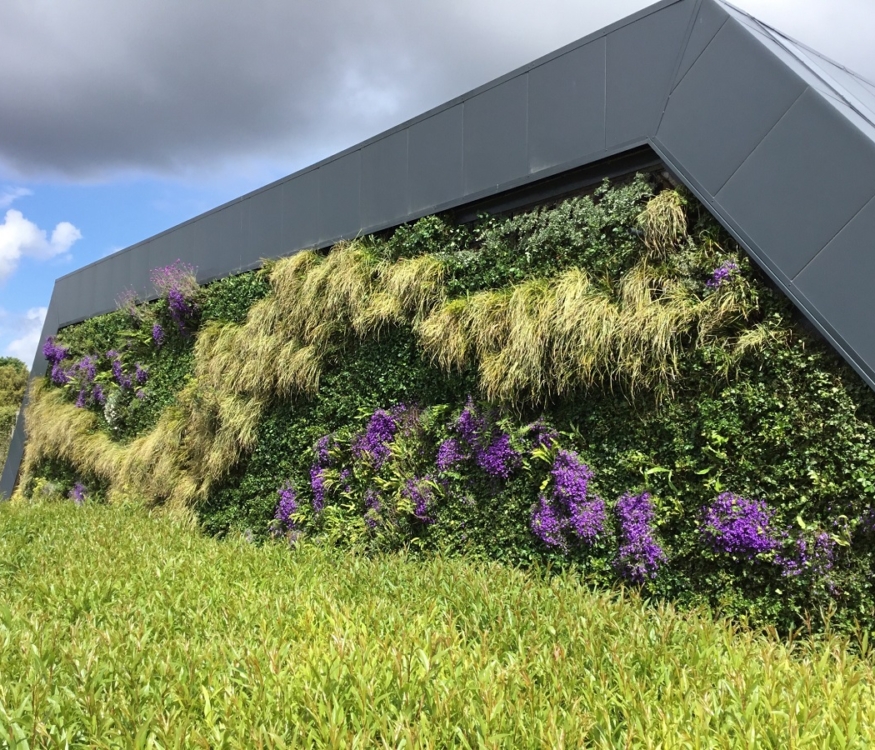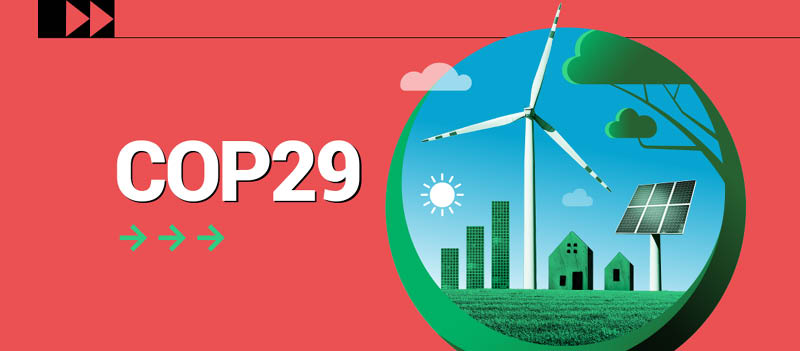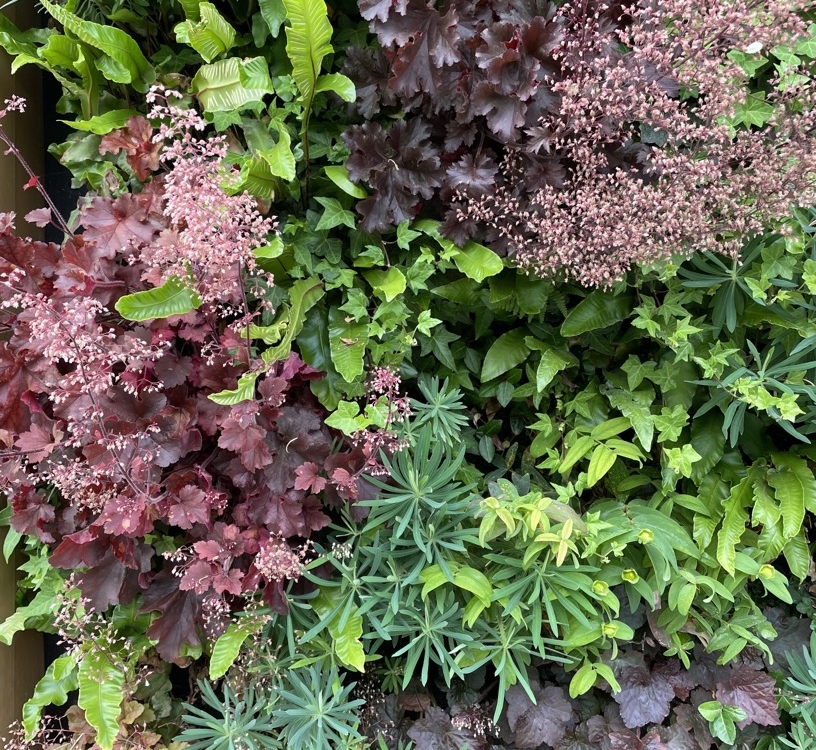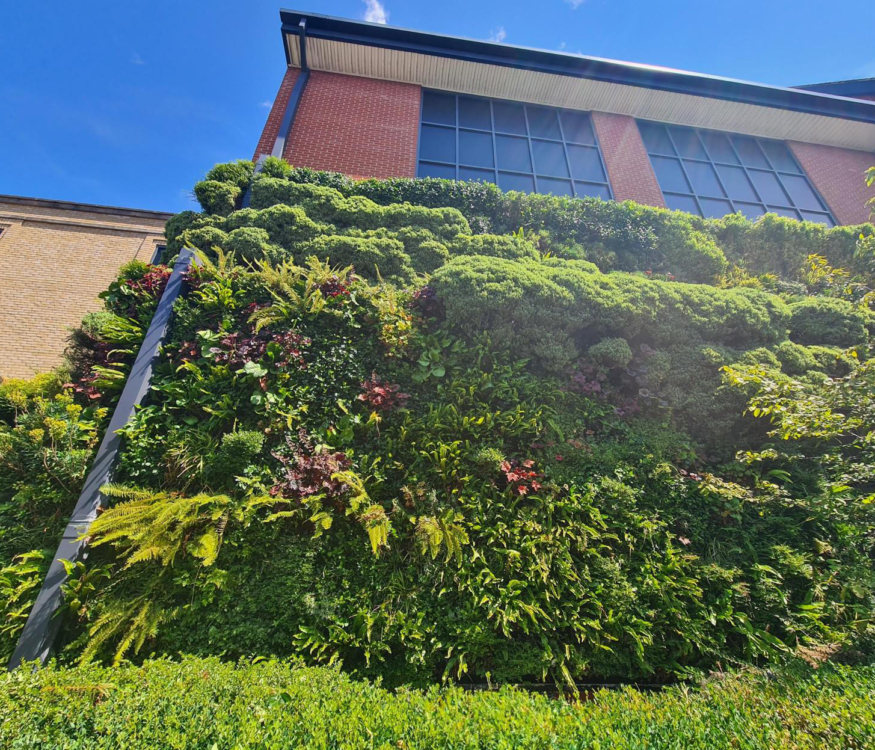The Future Classroom project is a brand new, innovative approach to teaching, and Shaftesbury School is one of ten schools in the UK flying the flag. Following a report commissioned by Epson and carried out by Ross Morrison-McGill, plans were put in place to shake up the status-quo and approach classroom learning in a new way. Morrison-McGill’s report found that 40% of teachers perceived a correlation between children being unable to clearly see the screen or display, and lower exam and test scores. It also found that nearly eight in ten teachers surveyed said that having more interactive and collaborative technology would help engage pupils. This laid the foundations for the Future Classroom project which is led by Shaftesbury School.
Sponsored by a number of technology providers, including Biotecture, the Future Classroom aims to provide a unique teaching space for innovative teaching. Other sponsors included Epson, Satcom Innovation, Gratnells, RedBox VR and Catchbox who all helped provide technology to make the project a reality. Biotecture is involved in the STEAM sector (Science, Technology, Engineering, Art and Maths), providing the pioneering PlantBox to help students understand the process of photosynthesis, PH levels of soil and benefits of plants as well as helping to reconnect children with nature.
PlantBox makes horticulture easy for everyone, no matter what the experience level. Using an innovative watering system, the plants or herbs are easy to maintain and look after with minimal intervention. Stackable, space saving and ideal for balconies and gardens alike, the PlantBox is also a great addition to classrooms. Plants can have beneficial effects on air quality, reducing toxins and carbon dioxide levels which helps to aid concentration and productivity – something the students learnt about and benefitted from first-hand.

The PlantBox in use in the classroom, along with a monitor to check PH levels and other scientific data.
Inspired by the creative working spaces of Google, the classroom is not set up in the traditional way, with no desks and few chairs. The aim is to keep the students engaged through interactive and collaborative learning using new non-disruptive technologies. For example, viewing historical sites of interest through VR (virtual reality) headsets adds a visual element to learning that would not be gained from staring at a white board. Open in October 2020, the classroom brings together technology, educational research and high-quality teaching.
After project lead Alex More ordered twelve PlantBox troughs to add to the STEAM lab part of the classroom, Biotecture provided rockwool, our hydroponic growing medium. We offered guidance on set up, tips on getting the best out of the wall as well as sharing our webinar on the power of plants and reconnecting with nature. Biotecture also provided information on the greening benefits of plants, to really help add context to what we do and how the students could get involved and benefit themselves.
As part of the learning experience, students were asked to draw or plan what their ‘Future City’ would look like according to the challenges faced today and what we can do to make a difference…with a top prize of a three trough PlantBox! Biotecture were so excited when the entries started rolling in, as it is vital that the children of today have a voice in the conversation about their future.

Shaftesbury students with certificates from Biotecture
The entries we received were of such a high quality that we really struggled to choose a winner. Some of the entries included some great ideas for the future, such as roof gardens on every building, more allotments to provide a more sustainable food chain, three trees planted for every other tree chopped down and even planting appropriate species around transport hubs to reduce emissions. It’s great to see the future of the planet through the eyes of today’s children, especially when it’s such a green minded one.
Ultimately, the winner was one that incorporated social housing for the homeless and a community spirit which was great to see. The winning entry had a combination of all the necessary elements and showed a real sense of social conscience and community sharing which is especially important in the challenging times we face in 2021.

The winning entry featuring solar panels, vines on buildings and timber window frames instead of plastic.

A student entry featuring houses as plant pots and a brilliant green vision for their future city.

Another student entry featuring green roofs, plenty of trees and a green focused vision.
A massive thank you has to go to the students for their entries, and for inspiring us all to help create a more sustainable future for the next generation.
If you’d like to find out more about the benefits of living walls in schools, please download our brochure.




